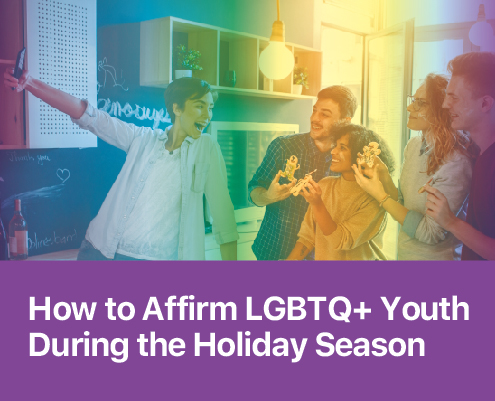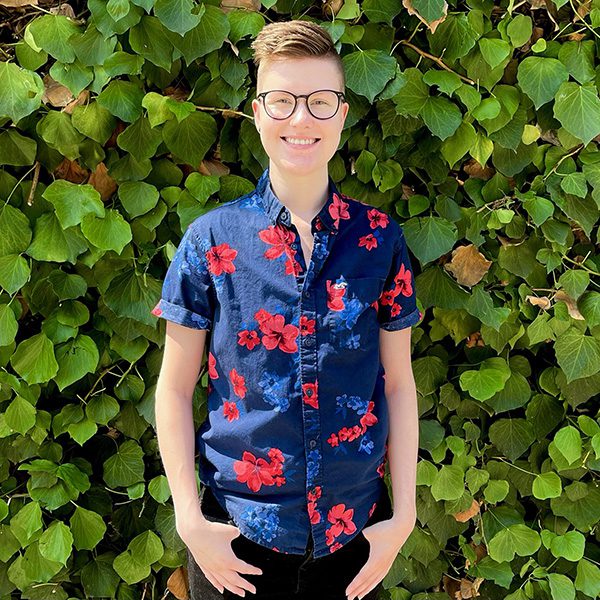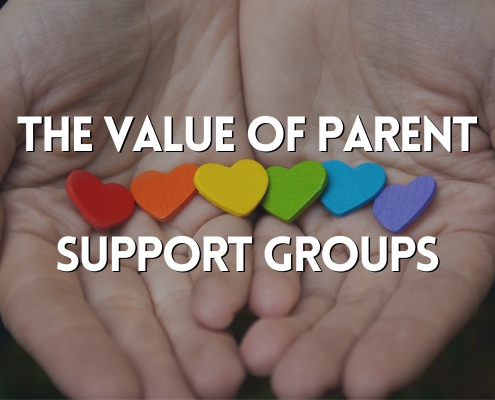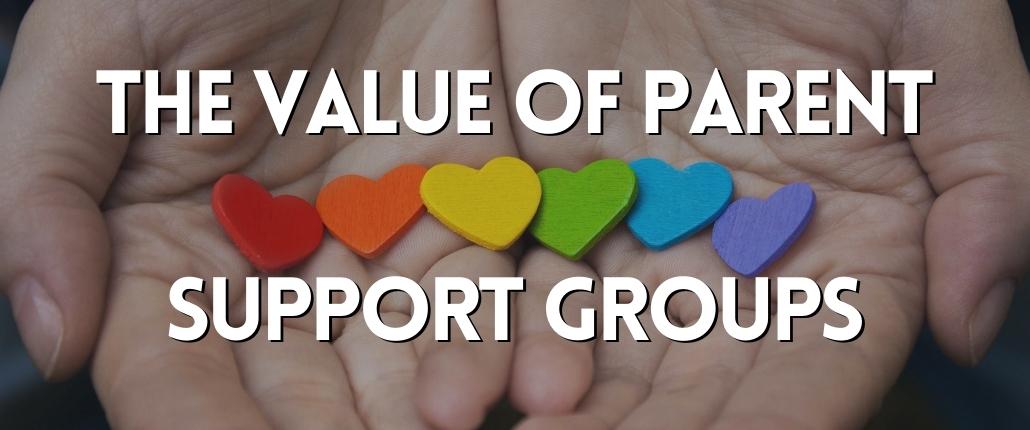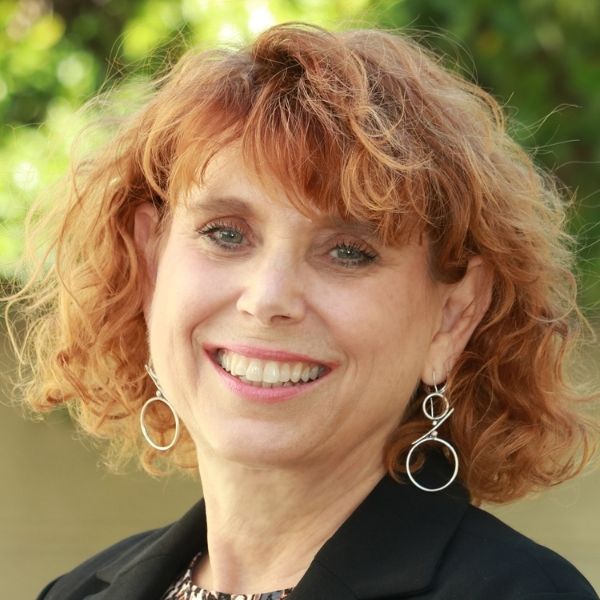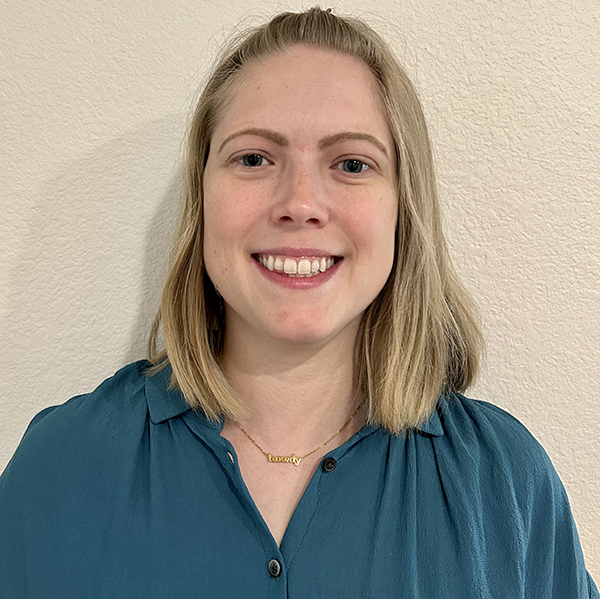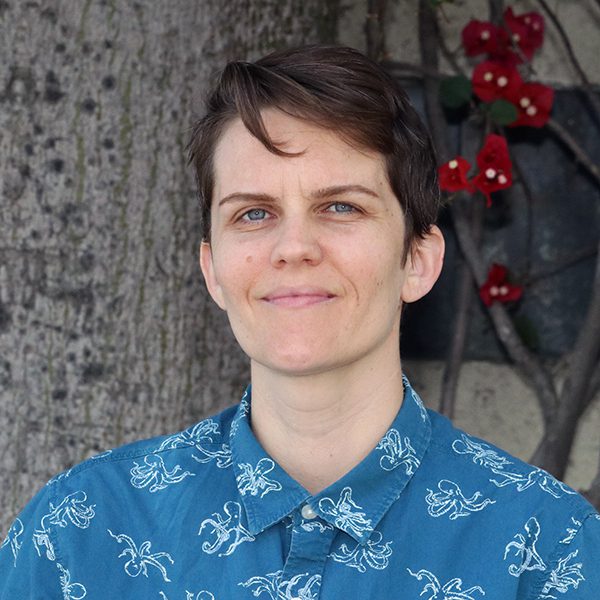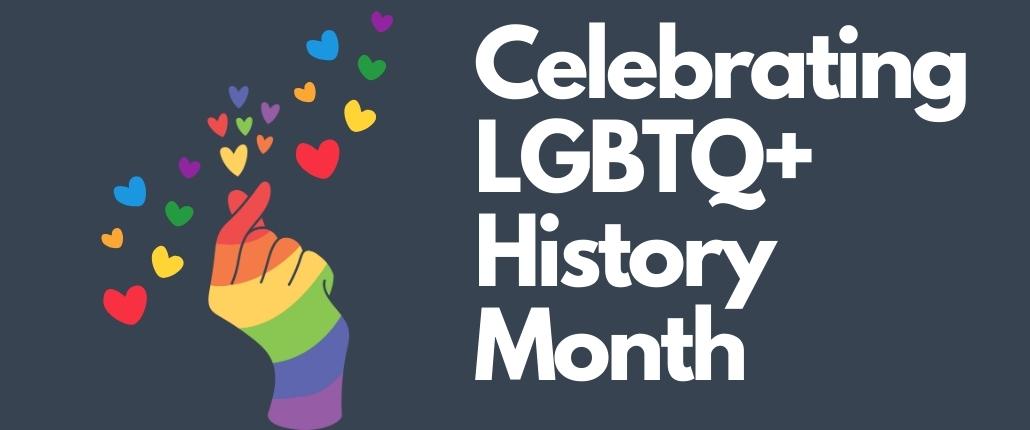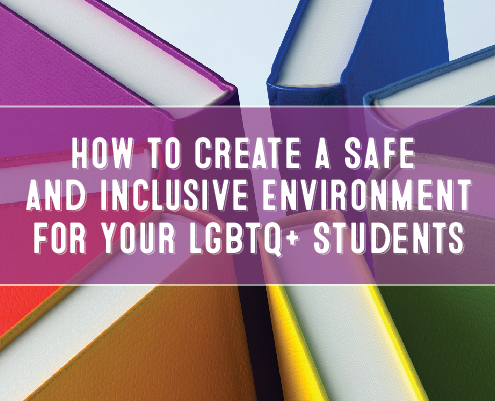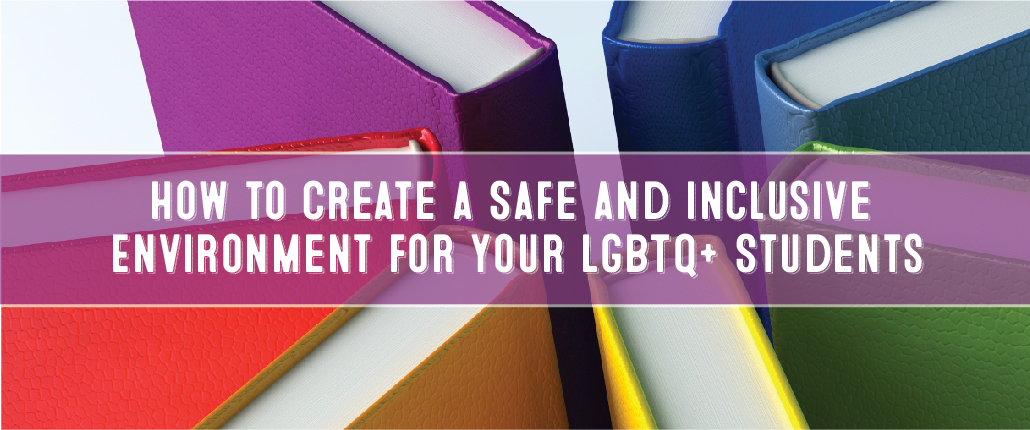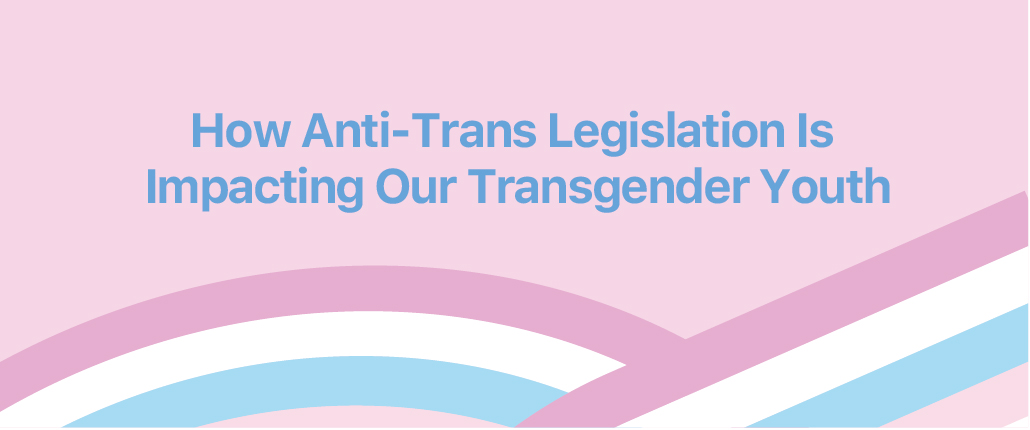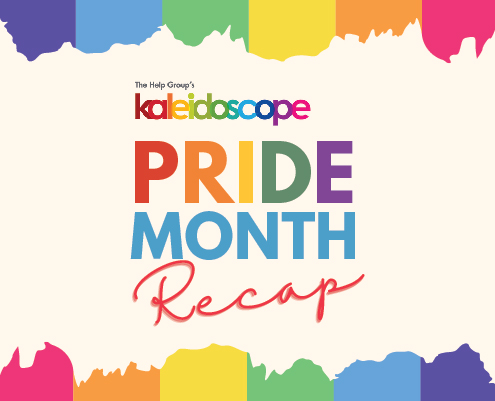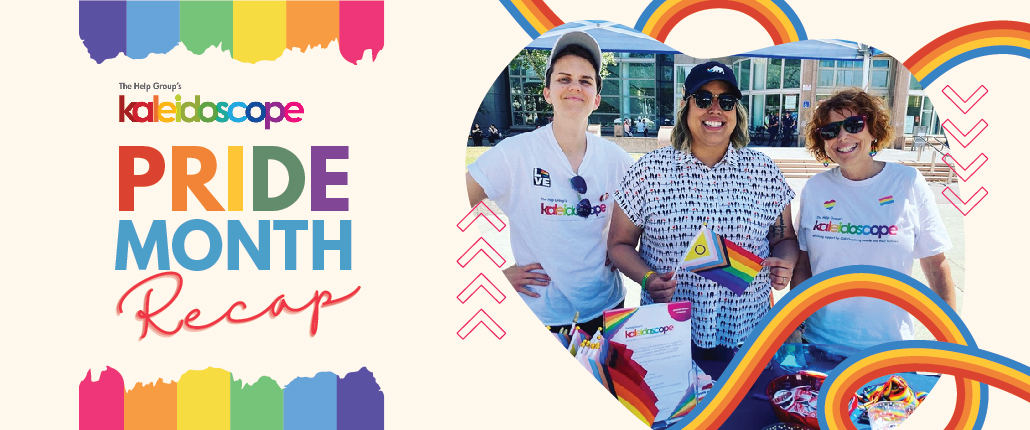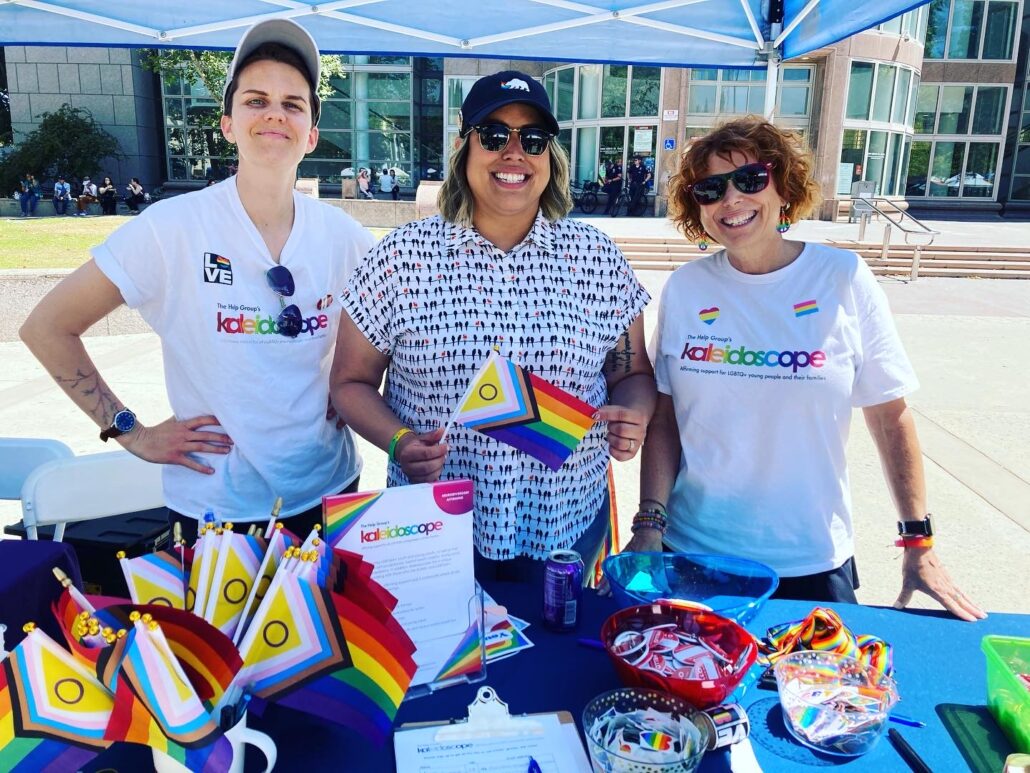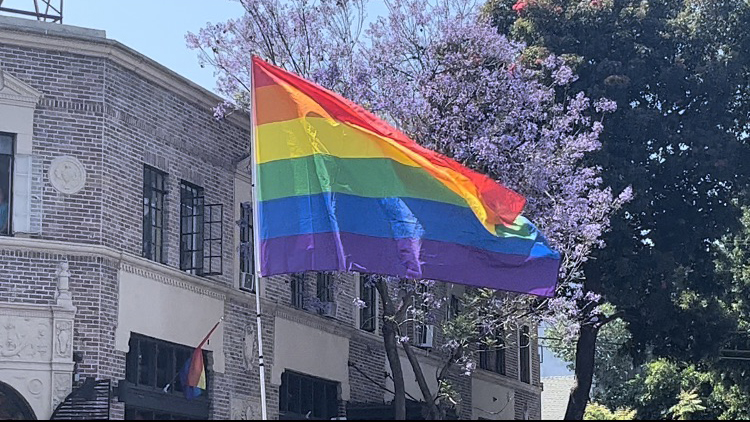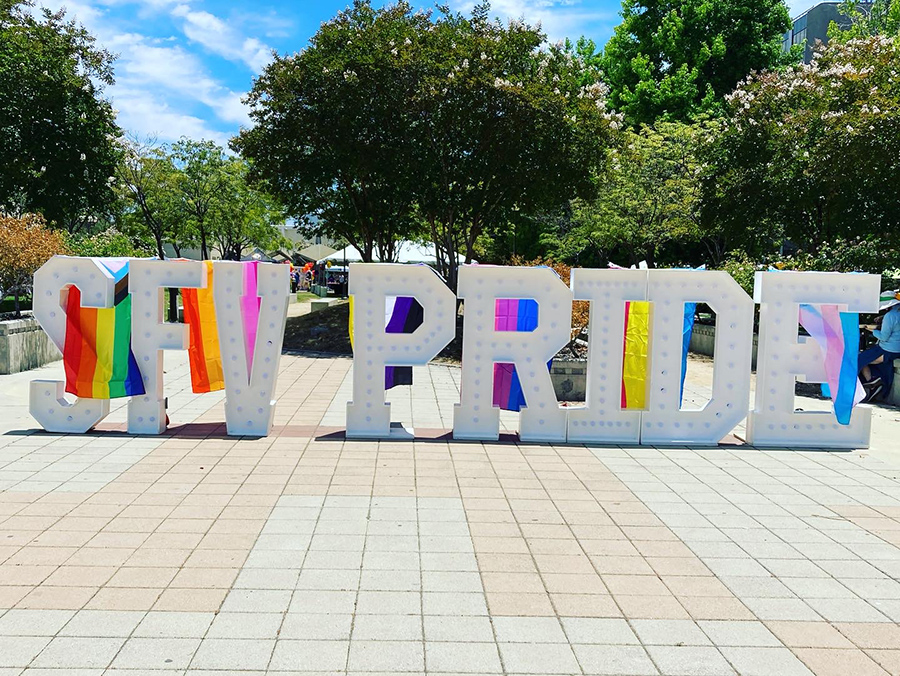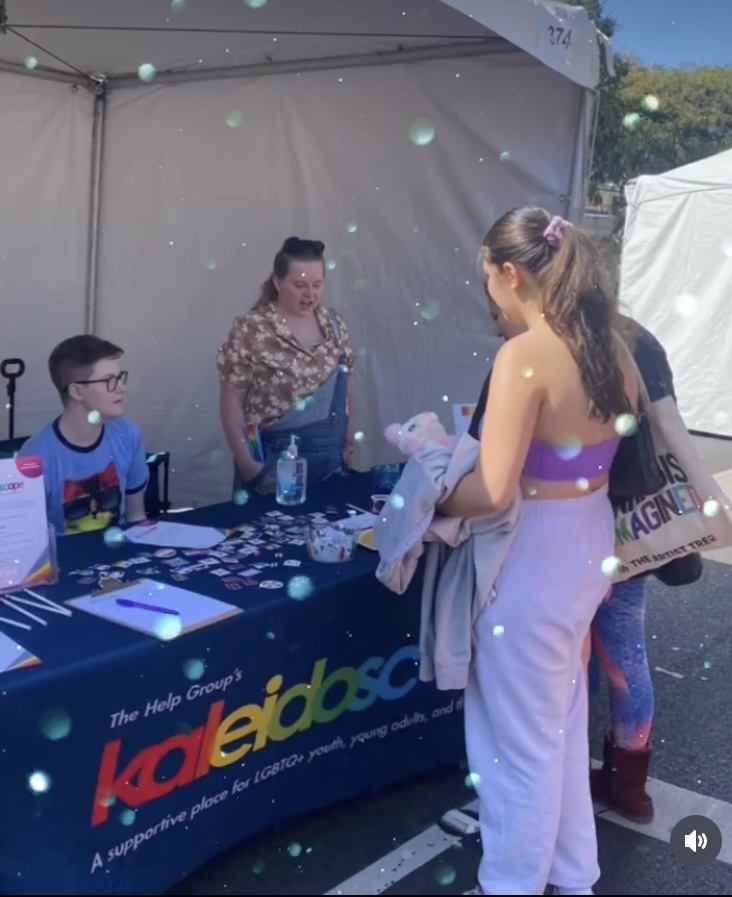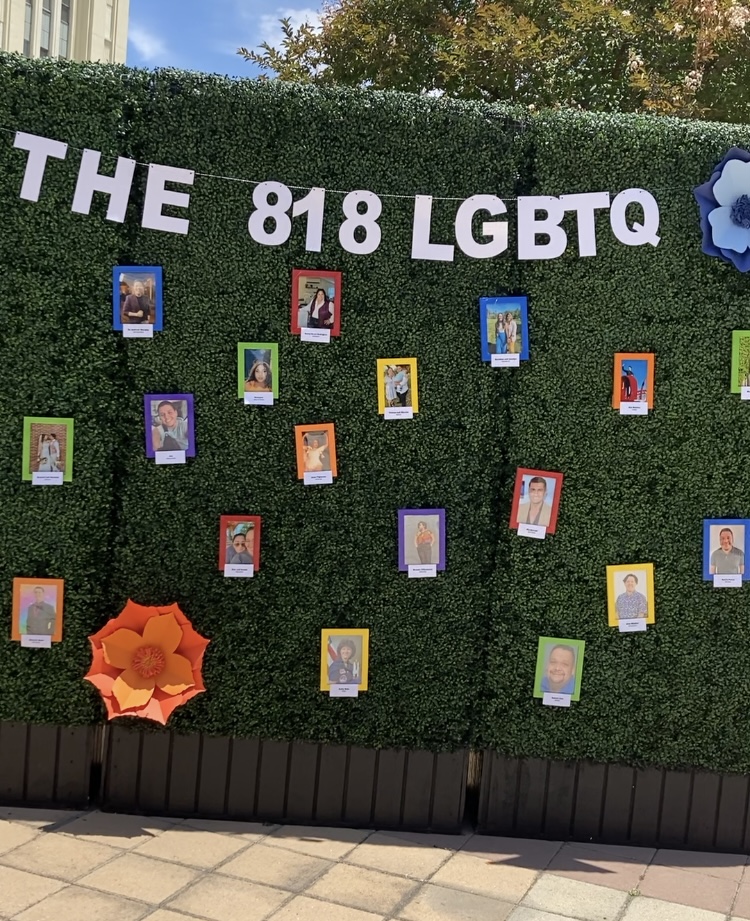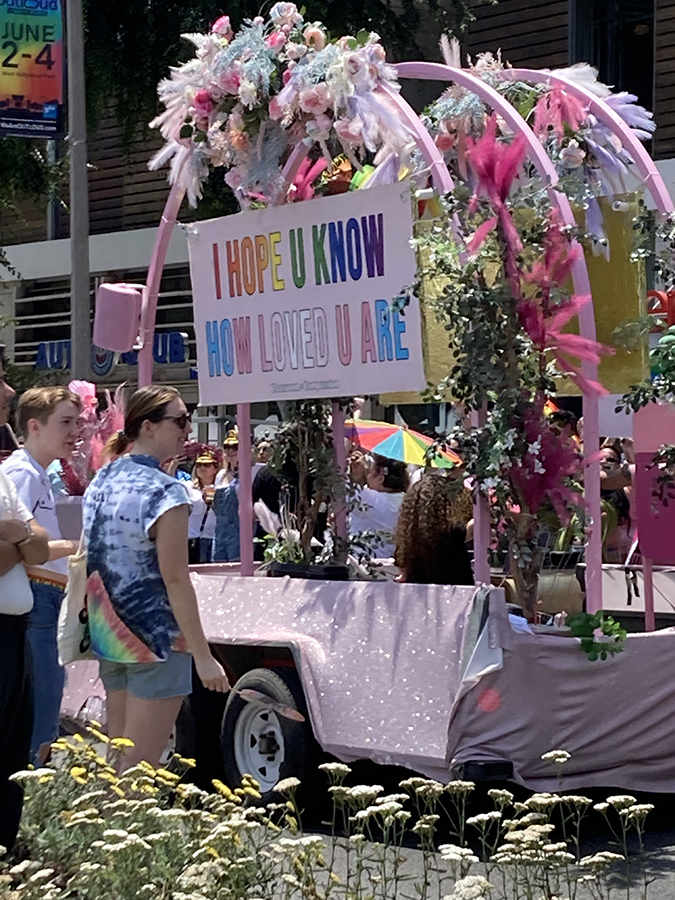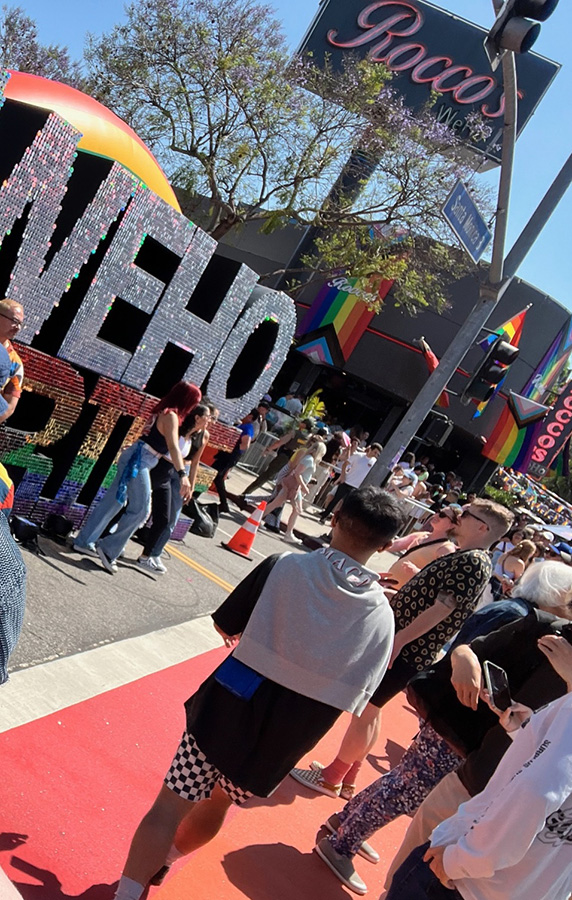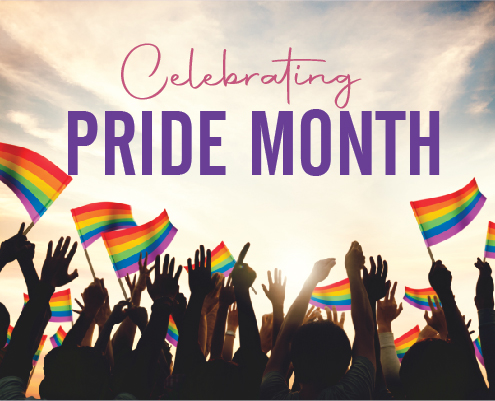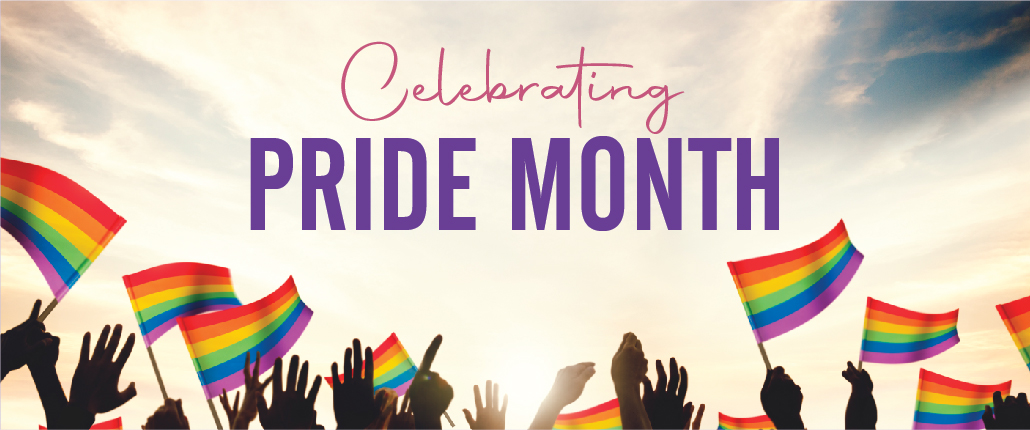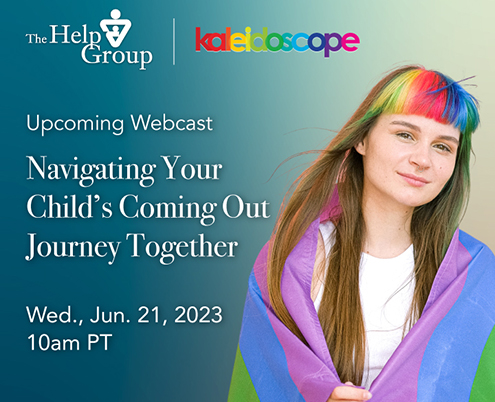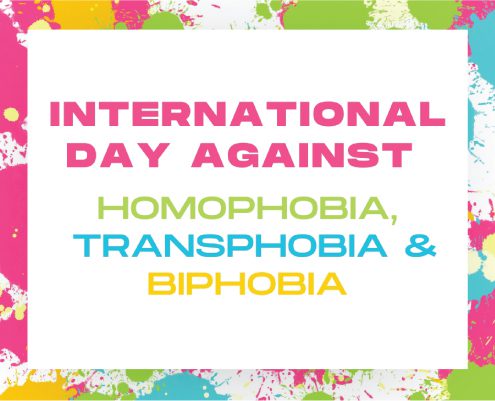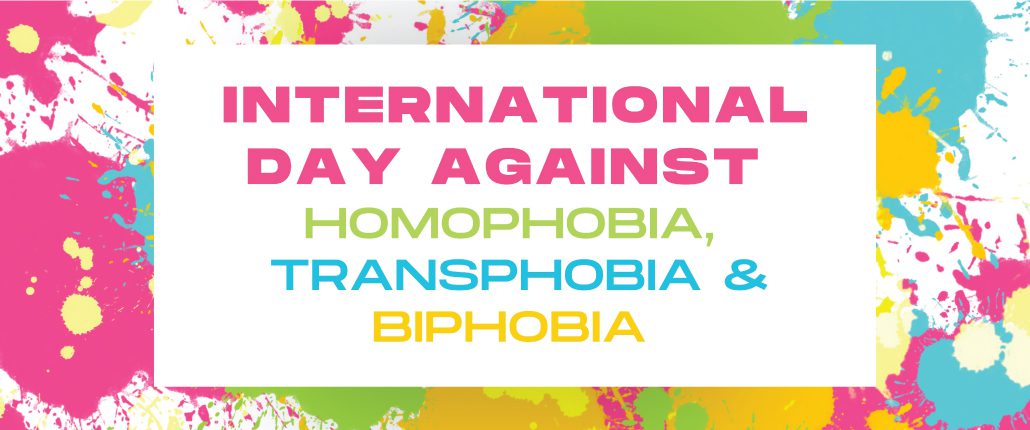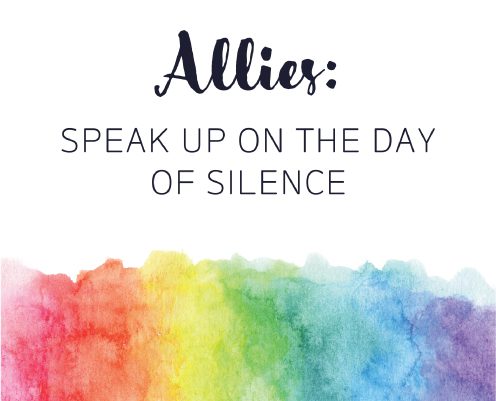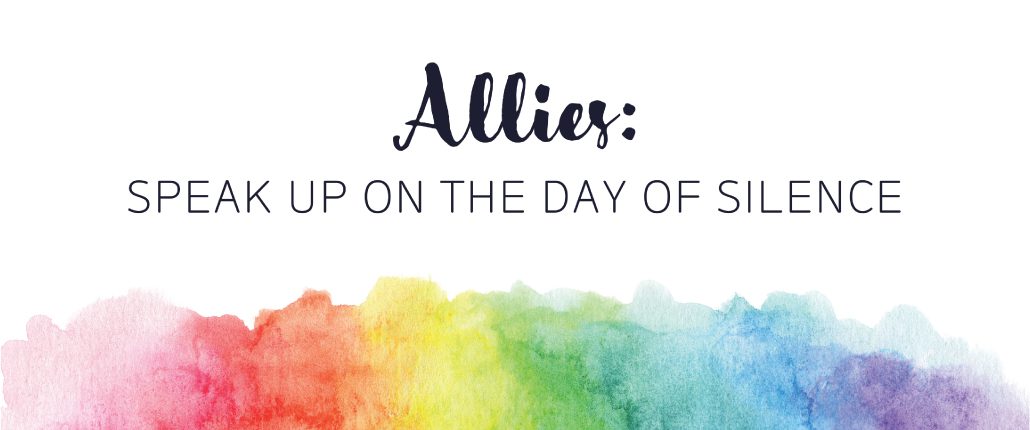How to Affirm LGBTQ+ Youth During the Holiday Season
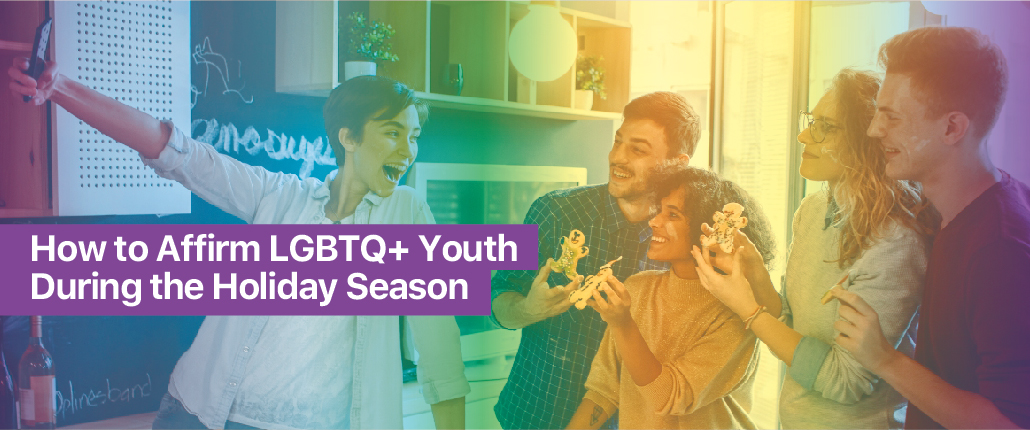
How to Affirm LGBTQ+ Youth During the Holiday Season
By Jay Baldwin
The winter holidays are a time when family and friends come together and celebrate, reminisce and make memories for years to come. But this time of year can also be filled with conflict and stress. For LGBTQ people especially, the holidays can bring up particular difficulties. Whether they are visiting family who don’t accept or understand their identity, being reminded of childhood trauma, or struggling with disordered eating, the holidays can bring up anxiety for many queer and trans people.
How can you ensure that your child or an LGBTQ+ youth in your life feels welcomed and safe this holiday season?
Talk to the LGBTQ youth in your life
The first step is to have a conversation the LGBTQ+ youth in your life about the upcoming holidays and any family visits that may be planned. Ask them if they have any stress, anxiety, or worries about the holidays as it relates to their identity. Ask them how you can support them best. Establish what they specifically need during the holiday and come up with a plan if necessary for how you will approach family members who aren’t as supportive or familiar with their LGBTQ+ identity.
Talk to family members and friends
Set aside time to speak with any family and friends who you will see during the holiday season. Let them know you love and support your child and set expectations about what behavior is expected of them. Make it clear that homophobic and transphobic comments will not be allowed.
If your child uses a different name or pronouns than what they grew up with, make sure friends know that they need to use the correct name and pronouns during their visit. Offer grace to people who are still adjusting by practicing with them, and role model how to apologize if you make a mistake with pronouns or name. (Apologize briefly, say the sentence again with the correct pronoun, and move on.)
Treat your child the way you would any other young person
Invite your child’s significant other to the holiday, if you would do the same for a straight child. Treat their significant other with friendliness and respect. Welcome them as a part of the family!
Practice allyship in the moment
An ally is a person who is not part of the community who actively stands up against LGBTQ+ discrimination. Be an ally to your child during the holiday. If a homophobic or transphobic comment is made, speak up and enforce the expectations you have set for the holidays. Make it clear that similar language or attitudes will not be tolerated at your holiday. If an incident turns into an argument or becomes unsafe, give your child permission to leave the room if needed while you navigate the conflict.
If you do not feel it is possible to prevent a conflict around LGBTQ issues with family or friends, consider hosting a smaller gathering without homophobic or transphobic relatives so that your child can experience a peaceful and comfortable holiday with you.
Donate to Kaleidoscope
Not every child has the same amount of resources, affirming family members, or access to LGBTQ+ spaces. Consider sharing your generosity with LGBTQ+ youth this holiday season by donating to Kaleidoscope and helping us continue our LGBTQ+ affirming programing for our young people in the new year!
From all of us at Kaleidoscope, thank you for being with us for all of 2023. We wish you a safe, happy and healthy holiday season, and a joyous new year!
